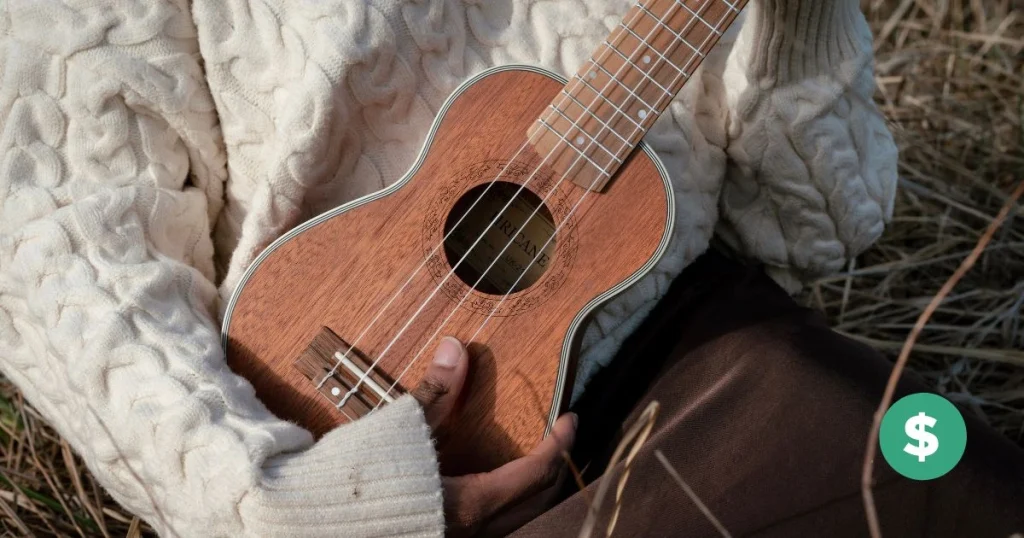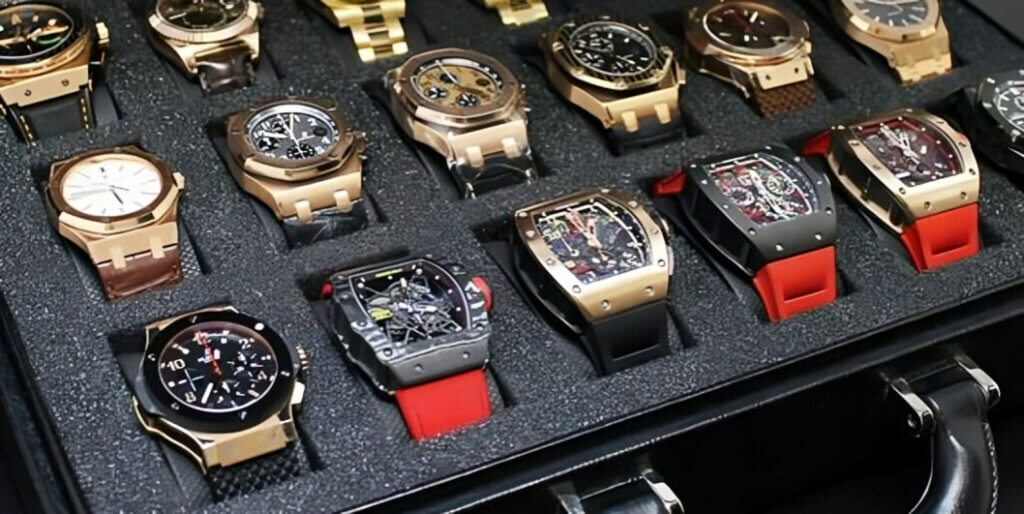Introduction
The ukulele is one of the most beloved and recognizable instruments in the world. With its cheerful tone, compact size, and ease of play, the ukulele has found its way into everything from Hawaiian music and folk tunes to pop hits and indie ballads. But behind its playful sound lies a rich and fascinating history that spans continents, cultures, and centuries. From its roots in Portugal to its iconic status in Hawaii and its resurgence in global popularity today, the story of the ukulele is as colorful and lively as its sound.
Origins in Portugal
The ukulele’s story begins in 19th-century Portugal, specifically in the Madeira Islands. In Madeira, there existed a small, guitar-like instrument known as the machete (also called braguinha or cavaquinho depending on slight variations). These instruments had four strings and were commonly played in local folk music.
In 1879, a wave of Portuguese immigrants from Madeira arrived in Hawaii, seeking work on the sugar plantations. Among them were three cabinet makers and instrument builders: Manuel Nunes, José do Espírito Santo, and Augusto Dias. They brought with them their traditional string instruments, including the machete, and began crafting them in Hawaii.
Hawaiians were captivated by the quick-fingered playing style of the Portuguese newcomers. The instrument’s fast-moving fingers and lively sound earned it a name that stuck: ukulele, often translated as “jumping flea” (from Hawaiian: uku = flea, lele = jump). While the etymology is debated, the name captured the dynamic energy of the instrument.
Royal Patronage and Hawaiian Identity
The ukulele’s popularity in Hawaii quickly grew, thanks in large part to King David Kalākaua, known as the “Merrie Monarch.” A lover of the arts, Kalākaua was instrumental in reviving traditional Hawaiian culture, including music and dance, which had been suppressed under missionary influence.
Kalākaua embraced the ukulele, incorporating it into royal ceremonies and performances. He believed it fused Hawaiian sensibilities with European musical tradition in a way that symbolized the resilience and adaptability of Hawaiian culture. Under his patronage, the ukulele became a centerpiece of mele (songs) and hula (dance).
By the early 20th century, the ukulele had become deeply embedded in Hawaiian identity and music, evolving into a distinctive style with its own techniques and tuning. It symbolized both the joy and resilience of the Hawaiian people.
Introduction to the Mainland and the World
The Panama-Pacific Exposition (1915)
The ukulele made its big debut on the U.S. mainland during the Panama-Pacific International Exposition in San Francisco in 1915. Hawaiian musicians performed live, showcasing the instrument to hundreds of thousands of visitors. The combination of exotic appeal and infectious rhythms captured the imagination of the American public.
Music publishers in Tin Pan Alley began producing Hawaiian-themed sheet music, and ukuleles started being mass-produced. Companies like Martin and Kamaka led the way in crafting quality ukuleles for growing demand. Kamaka, in fact, remains one of the most respected ukulele manufacturers to this day.
1920s Boom
By the 1920s, the ukulele had become a nationwide phenomenon in the United States. Jazz bands adopted it for its portability and playful tone. College students strummed ukuleles in dorm rooms and parks. It became a symbol of youth, freedom, and the flapper-era lifestyle. Popular musicians like Cliff Edwards (known as “Ukulele Ike”) helped bring the ukulele into vaudeville and film.
The ukulele’s affordability and ease of play made it ideal for beginners and casual musicians. It was especially accessible during the post-World War I economic boom, when people were eager to embrace lighter, more joyful pastimes.
The Mid-Century Decline and Novelty Perception
Despite its early success, the ukulele began to lose popularity in the mid-20th century, largely due to changing musical tastes and the rise of electric instruments like the electric guitar. Rock ‘n’ roll surged, and the ukulele came to be seen as somewhat old-fashioned or even childish.
In the 1950s and 1960s, however, the ukulele experienced a second wave, albeit in a different form. Arthur Godfrey, a radio and television personality, helped promote the ukulele to new audiences through his broadcasts. He even endorsed the plastic ukuleles made by Mario Maccaferri, making them widely available in toy stores and department chains.
Still, during this era, the ukulele increasingly became associated with novelty acts and comedy routines rather than serious music. Tiny Tim, with his falsetto rendition of “Tiptoe Through the Tulips,” reinforced the perception of the ukulele as quirky and comedic.
Revival in the Late 20th and Early 21st Centuries
The ukulele might have remained a nostalgic relic were it not for a series of events and artists that led to its unexpected revival.
Hawaiian Renaissance (1970s–1990s)
In Hawaii, the ukulele remained a cultural staple. The Hawaiian Renaissance of the 1970s renewed interest in native traditions, music, and instruments. Artists like Peter Moon and The Ka’au Crater Boys incorporated the ukulele into more contemporary Hawaiian music styles.
However, it was the breathtaking virtuosity of Israel Kamakawiwo’ole (IZ) in the 1990s that truly brought the ukulele back to global attention. His medley of “Somewhere Over the Rainbow / What a Wonderful World,” performed on a simple tenor ukulele, became an international hit. His soulful voice and delicate ukulele accompaniment revealed the emotional depth and versatility of the instrument.
YouTube and the Internet Age
With the rise of YouTube in the 2000s, the ukulele found a new, younger audience. Tutorials, covers, and viral videos made learning and sharing music easier than ever. Notably, artists like Jake Shimabukuro showcased how the ukulele could handle complex compositions and genres beyond its traditional confines.
Shimabukuro’s cover of “While My Guitar Gently Weeps” went viral and stunned viewers with its technical brilliance, demonstrating that the ukulele could be as expressive and powerful as any other instrument.
The Modern Ukulele Boo
Today, the ukulele is enjoying its most widespread popularity yet. Sales have soared globally, with millions of new players picking it up as a first instrument. It is a common fixture in schools, community centers, music therapy programs, and even professional studios.
Popular artists such as Twenty One Pilots, Vance Joy, Grace VanderWaal, and Taylor Swift have used the ukulele in chart-topping songs. Its presence in modern pop, indie, and alternative genres speaks to its versatility and mass appeal.
Meanwhile, ukulele festivals and communities have sprung up around the world. From the Hawaii Ukulele Festival to events in Japan, Canada, and Europe, the ukulele is celebrated as a unifying, joyful, and accessible instrument.
Types of Ukulele
The ukulele family consists of several sizes and tunings, each with its own unique sound and characteristics:
- Soprano – The smallest and most traditional type. Bright, high-pitched sound.
- Concert – Slightly larger, with a fuller sound. Easier to play for those with larger hands.
- Tenor – Deeper and louder tone, often favored by professional players.
- Baritone – Tuned like the highest four strings of a guitar, producing a mellow, rich tone.
- Bass and Electric Ukuleles – Modern variants that expand the instrument’s possibilities into new musical genres.
The Ukulele’s Cultural Significance
More than just an instrument, the ukulele has come to symbolize:
- Simplicity – Its design and sound are minimalist, yet profound.
- Joy and Optimism – Its tone is often associated with happiness and relaxation.
- Cultural Fusion – A perfect example of global cultural exchange: Portuguese roots, Hawaiian identity, global popularity.
- Community and Accessibility – It brings people together, regardless of musical skill or background.
Conclusion
The ukulele’s journey from the shores of Madeira to the heart of Hawaiian music and into the hands of millions around the world is a remarkable testament to the power of music to transcend boundaries. Once dismissed as a novelty or toy, the ukulele has proven itself to be a legitimate and expressive musical instrument. Its sound may be small, but its impact is mighty.
As long as there are songs to sing, stories to tell, and joy to share, the ukulele will continue to strum its way into hearts everywhere.




















